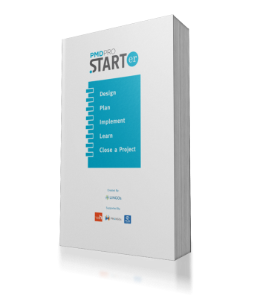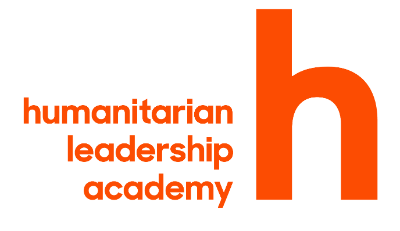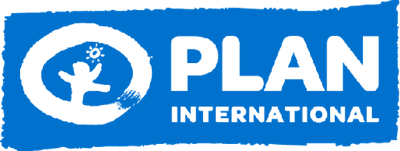Logical Framework
I want to design a project...
by planning out the logic of the intervention
This tool will enable you to identify the relationships between your overall goal, your resources, and project activities.

WHAT is it?
Logframes, or logical frameworks, come in different shapes and forms but essentially are tables that enable you to identify the relationships between your overall goal, your resources, and project activities.
Logical frameworks are excellent planning tools and enable you to analyze your project thinking in a helpful and systematic way.
We recommend a simple logframe table or matrix that lists project deliverables in a left-hand vertical column. These deliverables are 1) the overall project goal, 2) your desired outcomes, 3) your intended outputs, and 4) the range of activities that you expect to deliver.
If you work for UNITAS, your overall goal could be to reduce child mortality, with your desired outcome being the reduction of childhood illnesses. Outputs could include latrine construction and a sanitation awareness campaign. Activities could involve identifying sites, drawing up plans and conducting community workshops.
Then, across the top, add another three columns that will enable you to 1) define indicators that will allow you to measure progress against objectives and outcomes, 2) verify that this has happened, and 3) record risks or assumptions that should be taken into account when planning your project.
If you work for UNITAS, an indicator of success could be to reduce water contaminants by 20% in Year One. This could be verified by an Annual Water Survey, with the success of the project depending upon the assumption that the Delta River region’s population size will remain stable.
HOW do I use it?
Approach: Set aside time to draw out your logframe template before you meet with your team and work through ideas before you conduct your team session. Get used to what the different categories mean! Make sure that you differentiate between your intended outcomes (purpose) and outputs (expected result)!
You may not be able to do anything about some of the risks (it is unlikely that a local NGO could stop a war from breaking out, for example), but it is important to anticipate possible problems. The list of risks and assumptions may also help to explain why a project did not achieve all of its objectives.
Leadership: Establishing a logframe with your team allows you to steer the project, while also achieving consensus, clarity and buy-in to the overall approach. As your project progresses, you will find it indispensable for spotting and assessing risks, as well as measuring progress.
It’s important. The logframe is your key document for budget discussion, agreement and sign-off on your project. It professionalizes your work. You will return to it again and again to make sure that your project is on track!
WHEN do I use it?
You establish your logic model after you have completed your Problem and Objective Trees and before you move into the second phase of project management (design). Your logframe is also important for the development of your Risk Register.
Who is involved?
Tips:
Additional Resources

Supported & Developed by:
Shared by:
Users are free to copy/redistribute and adapt/transform
for non-commercial purposes.
© 2022 All rights reserved.




